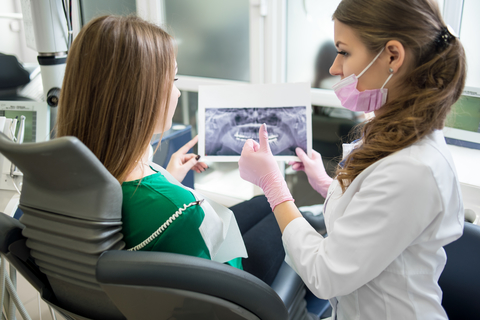How to Use Equine Therapy to Treat Anxiety
Animals provide a great deal of emotional assistance. . Animals are occasionally employed in therapeutic circumstances to assist people deal with difficult emotional events, in addition to owning a pet. In this scenario, horses aid patients’ mental wellness.
In Victoria, equine therapy includes Horses in the therapeutic process While being monitored, people engage in activities such as feeding, grooming, and leading a horse. This may aid in the development of abilities such as emotional management, self-confidence, and responsibility. Learn more about horse-assisted learning.
“A horse can only trust us if we trust ourselves.”
aid in the development of trust between the rider and the horse When we gain confidence in our own abilities, we begin to win equestrian events.
Caring for horses can help us not just improve our own mental health, but also interact with horses more effectively. In her book “Mental Training for Riders,” she illustrates how personal flaws can be transformed into personal strengths. This not only boosts riding enjoyment, but also success.
Cognitive and behavioral theories versus experiential theories
Horse-assisted therapy is gaining popularity due to its experiential approach. According to psychologist David Kolb, this learning entails “the process by which knowledge is formed through the transformation of experience.” ”
This learning is distinct from cognitive or behavioral theories. Cognitive theories place an emphasis on the conceptual process, whereas behavioral theories do not acknowledge the significance of subjective experience in learning.
But how do we know if this therapy is right for us? It all depends on your personal preferences. People who are referred to as “watchers” favor thoughtful observation.
Those who are “doers” are more prone to experiment actively. This is why equine therapy works best for people who learn best by doing.
Benefits of Equine Therapy
Horses have distinct characteristics that distinguish them as a leading option in animal-assisted therapy . Dr. Robin Zasio, an anxiety expert, believes that horses add the following distinctive features to therapy:
Horses are not critical: sTherapists strive to provide a secure environment for clients to discuss deep emotional unpleasant experiences. It can be awkward for clients to publicly communicate these thoughts. Building therapeutic rapport, on the other hand, is required for developing trust and exercising vulnerability in session.
Patients frequently experience a sense of calm when a horse is present during the session. Because these animals exclusively respond to the client’s behavior and feelings, there is no risk of bias in their emotional experience.
They give feedback and reflect emotions:nHorses are keen observers who remain alert to movement and emotion. They frequently reflect a person’s behavior or emotions. This assists in understanding and connecting with the client in order for them to feel protected.
Horses assist individuals in dealing with vulnerability: Clients may find it difficult to speak up about emotional difficulties, past experiences, or life transitions. When something is too unpleasant to talk about, using the horse can help. It can also help to synchronize their experiences with those of the horse. Externalizing the content can make it easier to approach and process.
Self-esteem, social awareness, independence, emotional awareness, flexibility, and distress tolerance are some of the additional benefits. Horses need to be worked. They are fed, watered, groomed, and worked out. Caring for and nurturing anything can be therapeutic because it helps establish a routine and structure, and caring for and nurturing something builds empathy.
How might horse therapy assist with anxiety?
According to WHO, this mental disorder affects around 300 million persons worldwide. This means nearly One out of every five people suffer from an anxiety disorder Although most people feel anxiety at some point in their lives, people do fulfill clinical diagnostic criteria for anxiety on occasion. Some examples of anxiety disorders are:
- Panic disorder or panic attacks
- Phobia specific
- Agoraphobia
- Anxiety disorder in general
- Anxiety about social situations
Anxious people are concerned about their past and fearful about their future. Working with a horse during a therapeutic process, according to Dr. Zasio, might provide an opportunity to “stay present and focused on the task at hand”. This eliminates the constant feeling of being out of control.
Horses are alert and emotionally responsive. They can detect danger and respond with increased awareness, which usually results in a shift in behavior and attempts to flee. Clients suffering from anxiety can also relate to this ability to detect danger.
Furthermore, individuals practice vulnerability in a secure environment when employing equine-assisted psychotherapy. They are asked to venture outside of their comfort zone as they learn to interact with the horse, with the help of the therapist and the horse.
What we should think about before we begin
Before venturing into the world of, we should always examine our physical ability and overall health. Equine-assisted therapy Consult your doctor first if you have scoliosis, spina bifida, or other back problems.
Furthermore,
equine-assisted learning is only recently gaining popularity. This could imply that this service is not covered by insurance. Also, Fees differ depending on region. This is why it is important to educate yourself on many alternatives and options before selecting on one that works best for you.











